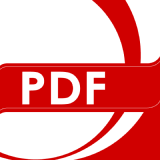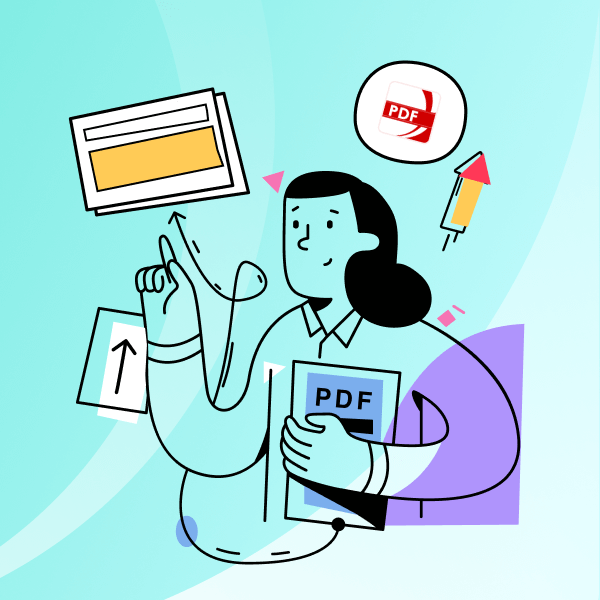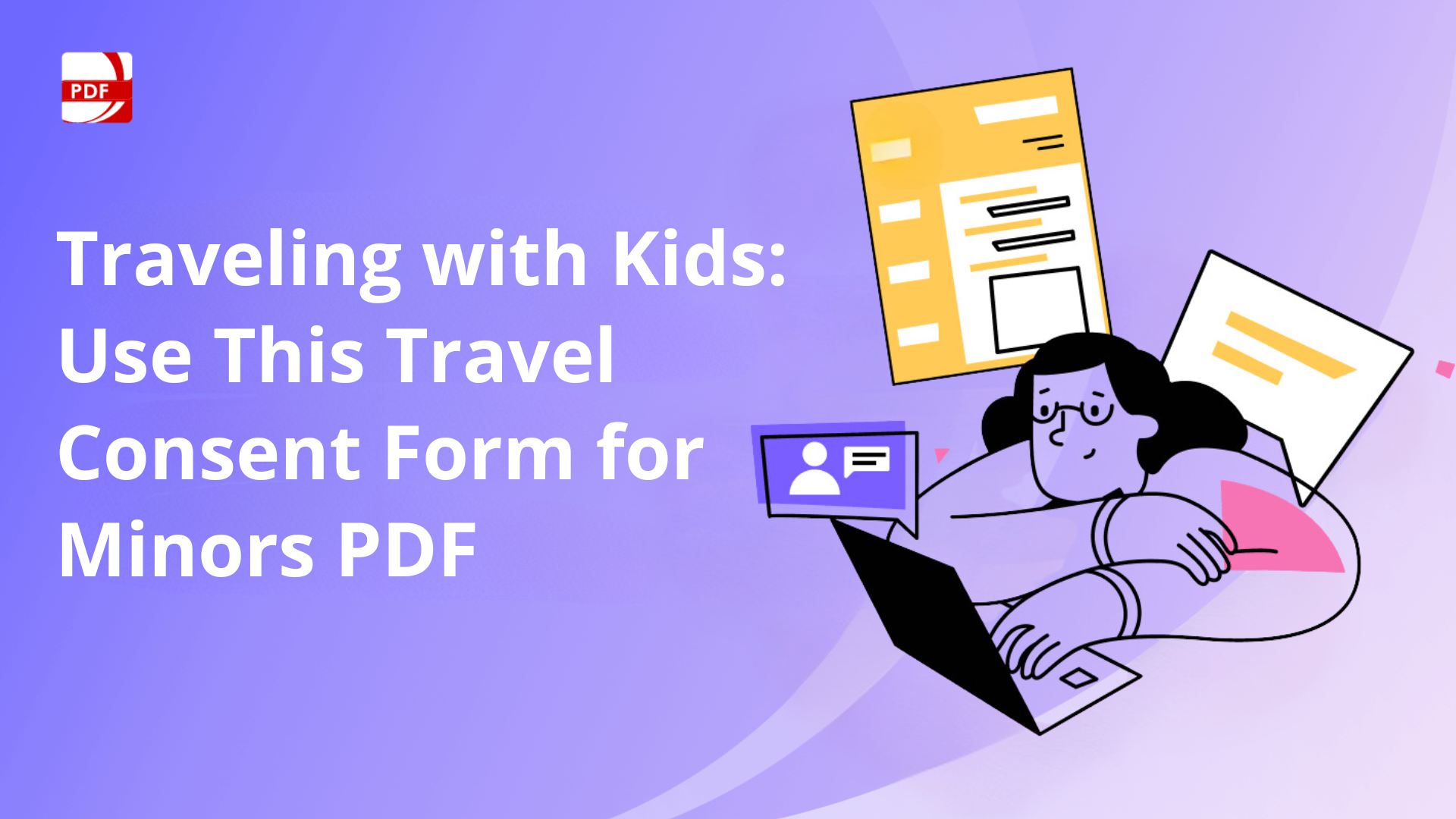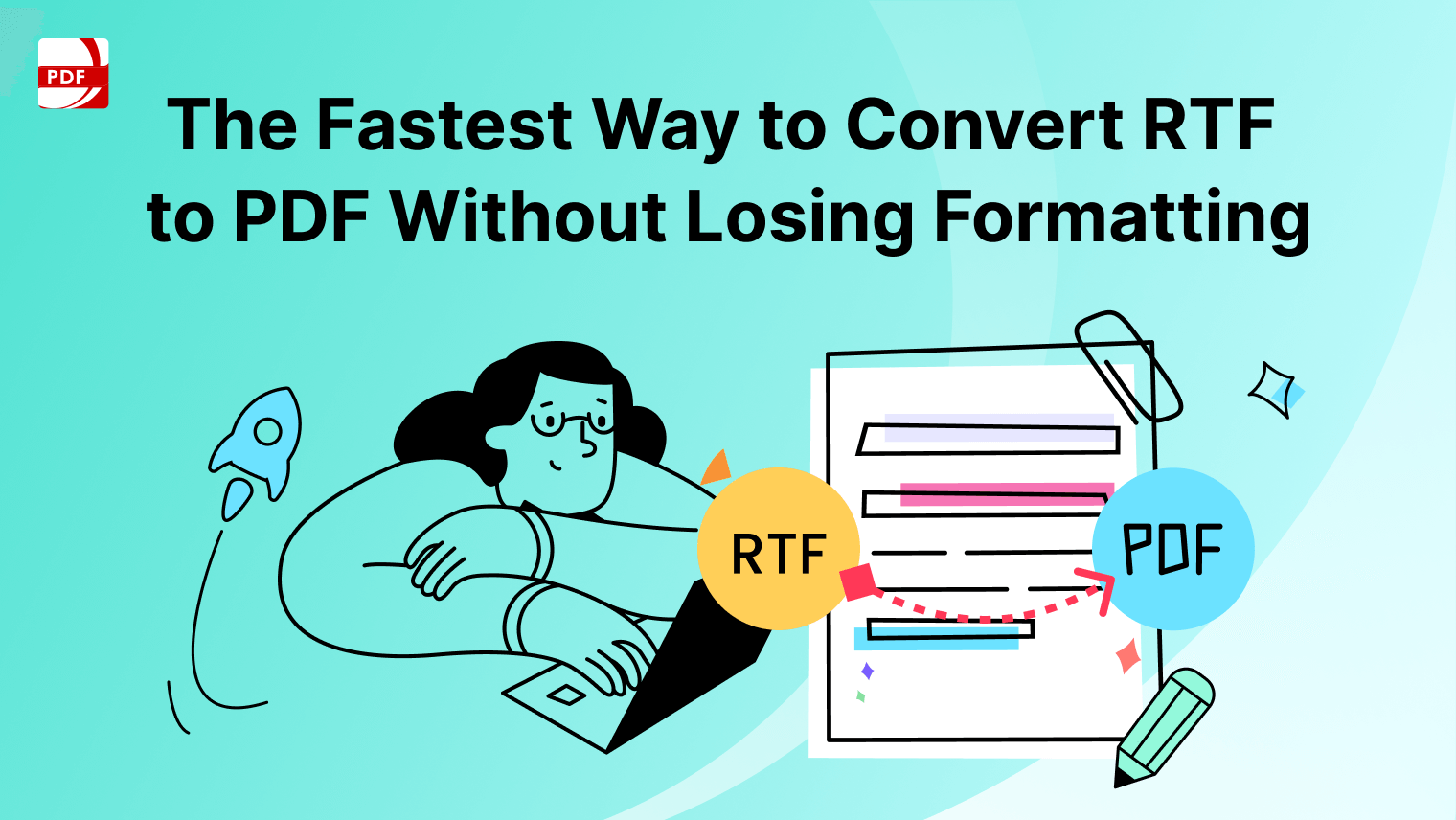Crafting a compelling resume can significantly enhance your job application, especially when it includes job promotions.
These signify career growth and success. This guide offers insightful strategies for showcasing promotions on your resume, ensuring you stand out in the job market.
Formatting Promotions on Your Resume
Recruiters often spend just a brief moment reviewing a resume, so presentation is crucial.
For multiple promotions within the same company, consider these two options:
-
Stacked Entries: List your promotions under one company header, starting with the most recent role. Emphasize these were promotions and detail your responsibilities and achievements in each position. This approach highlights career progression and loyalty.
-
Separate Entries: Treat each promotion as an individual job entry, including the job title, company name, employment dates, and key accomplishments. This method clearly delineates your career growth and expanding responsibilities.
ATS-Friendly Formatting Tips
To ensure your resume is compatible with Applicant Tracking Systems (ATS), follow these guidelines:
- Date Formatting: Use a MM/YYYY format for clarity and compatibility with most ATS systems, which may calculate your tenure based on these dates.
- File Type: Preferably use PDF format, as it is widely recognized and preserves formatting.
- Avoid Headers and Footers: Information in these sections may not be parsed correctly by some ATS.
- Skill Listing: Align your skills with the job description, using relevant keywords without overstuffing.
Essential Information for Promotions on Your Resume
Include these key elements:
- Distinct Presentation: Use bullet points for each role, clearly stating dates and quantifying achievements.
- Detailing Experience: Provide specifics of your role and accomplishments, using quantifiable metrics and action verbs.
- Highlighting Skills and Achievements: Focus on skills and successes that contributed to each promotion, with real examples and quantifiable results.
How to Show Promotion on Resume for Windows
Now let's find out how actually to edit your resume using PDF Reader Pro.

Navigate, edit, and
convert PDFs like a Pro
with PDF Reader Pro
Easily customize PDFs: Edit text, images,
pages, and annotations with ease.
Advanced PDF conversion: Supports
multi-format document processing with OCR.
Seamless workflow on Mac,
Windows, iOS, and Android.
Below is our Windows-related guide.
Step 1: Click on the "Edit PDF" feature and select "Add Text"

Step 2: Click and drag a new text box
Do so beneath a position to which you would like to add a promotion detail.

Step 3: Fill in your promotion details
Make sure to use the text editing options.

Now you have full editing control over your resume. Remember that you can add any details to your resume and are not limited to just promotions!
How to Show Promotion on Resume for Mac
Now, let's check out how Mac users can add promotion details to their resumes.

Navigate, edit, and
convert PDFs like a Pro
with PDF Reader Pro
Easily customize PDFs: Edit text, images,
pages, and annotations with ease.
Advanced PDF conversion: Supports
multi-format document processing with OCR.
Seamless workflow on Mac,
Windows, iOS, and Android.
Step 1: Click on the "Edit PDF" tool

Step 2: Click on the "Add Text" tool

Step 3: Create your text box and add your promotion details

Now you have total control over your PDF resume!
Examples: Demonstrating Promotions on Your Resume
To help you visualize how to list promotions, let’s look at two examples – one using stacked entries and the other separate entries.
A. Stacked Entries Example:
XYZ Corporation
-
Senior Manager (01/2022 - Present)
- Spearheaded a team of 15, driving a 30% increase in productivity.
- Implemented innovative strategies that reduced costs by 20%.
-
Manager (06/2019 - 12/2021)
- Managed a team of 10, achieving key project milestones.
- Enhanced team efficiency by introducing agile methodologies.
-
Assistant Manager (01/2017 - 05/2019)
- Coordinated with cross-functional teams to meet project deadlines.
- Played a key role in developing a customer feedback system.
This format showcases your career progression within the same company, emphasizing your growing responsibilities and achievements in each role.
B. Separate Entries Example:
Senior Manager, XYZ Corporation (01/2022 - Present)
- Led a team of 15, resulting in a 30% increase in team productivity.
- Pioneered cost-cutting strategies, reducing expenses by 20%.
Manager, XYZ Corporation (06/2019 - 12/2021)
- Oversaw a team of 10, successfully meeting critical project goals.
- Implemented agile methods, enhancing overall team performance.
Assistant Manager, XYZ Corporation (01/2017 - 05/2019)
- Facilitated cross-departmental collaborations for timely project completion.
- Instrumental in developing a customer-centric feedback mechanism.
In this approach, each promotion is listed as a separate job, highlighting the unique responsibilities and accomplishments of each role.
Listing Job Title Changes Without Promotion
When your job title changes without an official promotion, it's essential to demonstrate the evolution of your role and the new skills you've developed.
Here’s how to articulate this on your resume:
Before Job Title Change:
Marketing Coordinator, ABC Enterprises (01/2018 - 08/2020)
- Managed social media campaigns, resulting in a 20% increase in online engagement.
- Coordinated with sales teams to align marketing strategies with sales objectives.
After Job Title Change:
Marketing Specialist, ABC Enterprises (09/2020 - Present)
- Developed and executed a comprehensive digital marketing strategy, boosting web traffic by 40%.
- Led a project team to launch a successful new product line, exceeding sales targets by 25%.
In this instance, the change from “Marketing Coordinator” to “Marketing Specialist” is not accompanied by a formal promotion. However, the shift in responsibilities and the introduction of more complex tasks are clearly highlighted. This demonstrates career growth and the acquisition of new skills, even without a formal change in rank.
By effectively detailing these transitions, your resume will clearly communicate your professional development, adaptability, and readiness for new challenges.
How to Show Promotion on Resume: Best Practices
Creating the perfect resume that effectively showcases your career progression, especially when you've been promoted within a single company, is a vital step in catching the eye of potential employers.
Here are best practices to help you highlight these achievements, incorporating key elements like job titles, key achievements, and job responsibilities.
1. Clearly Distinguish Job Titles
Your resume should distinctly separate each position held, especially when you've been promoted. Even if these roles were within a single company, clearly stating job titles helps hiring managers understand your career trajectory. For example, differentiate between 'Marketing Coordinator' and 'Senior Marketing Coordinator' to reflect the senior position you attained.
2. Use a Separate Entry for Each Position
To best display your career progression and relevant experience, use a separate entry for each role. This method, endorsed by many editorial teams, allows you to list specific job responsibilities and key achievements under each title. It ensures that hiring managers can easily see the evolution of your skills and responsibilities, which is particularly important for senior roles.
3. Optimize with a Resume Builder
Utilizing a resume builder can simplify the process of formatting and organizing your resume. These tools often come with resume templates that can guide you in presenting your experience in the most impactful way. They ensure your resume format is clean, professional, and easy to read, focusing on your impressive accomplishments.
4. Consistent Resume Format
Maintaining a consistent resume format is crucial. Whether you opt for a chronological or functional format, ensure it highlights your career progression. List your previous position and the subsequent promotion under the same company header, demonstrating your growth within a single company.
5. Highlight Key Achievements and Responsibilities
For each position, particularly in senior roles and leadership roles, highlight your biggest accomplishments and the added responsibilities you took on. This can include impressive achievements like leading a successful project or increasing company revenue. Use quantifiable metrics to add more weight to these accomplishments.
6. Tailor for Potential Employers
Tailor your resume to reflect the most relevant experience and soft skills for the role you are applying for. This might mean emphasizing certain aspects of your previous role or promotion more than others. Remember, what’s most impressive to one employer may differ for another.
7. Align with Cover Letter and Resume Template
Ensure your resume aligns with your cover letter and follows a professional resume template. This consistency demonstrates attention to detail and professionalism. In your cover letter, you can further elaborate on the internal position changes, giving context to your promotions and explaining how they have prepared you for the position you are applying for.
8. Seek Feedback from Editorial Team or Mentors
Before finalizing your resume, consider getting feedback from an editorial team or mentors. They can provide insights on how to better position your promotions and career progression, ensuring that you present your experience in the most compelling way possible.
By incorporating these best practices, your resume will not only showcase your impressive achievements and job responsibilities but will also clearly articulate your growth trajectory, making you a more attractive candidate for potential employers.
How Should I Format Multiple Promotions at the Same Company on My Resume?
When you've experienced professional growth within the same organization, it's important to showcase this effectively. Stacked entries are a great way to do this. List your most recent job title first, followed by previous positions in reverse chronological order under the same company header. This format highlights your progressive responsibilities within the organization.
Can I Use Separate Entries for Each Promotion on My Resume?
Yes, you can use separate entries for each promotion, especially when each role involved distinct job responsibilities and skill sets. This approach works well in the job market, as it clearly demonstrates your career growth. Ensure each entry includes the job title, dates, and a brief description of your role and achievements.
How Do Lateral Moves Fit into My Resume?
Lateral moves, though not a step up in terms of hierarchy, still contribute to your professional growth and relevant work experience. Include these moves in your resume by listing them as separate job titles under the same company, emphasizing the new skills or experiences gained.
What's the Best Way to Make My Resume Ready for Applicant Tracking Systems?
To ensure your resume is ready for Applicant Tracking Systems (ATS), use a professional resume template with a clear structure. Avoid complex formatting and graphics, as these can confuse ATS scanners. Include keywords from the job description, focusing on common skills and technical skills relevant to the job.
How Do I Highlight Promotions in an Entry-Level Position?
Even in an entry-level position, any promotion or increase in responsibilities is significant. Highlight these by listing separate job titles or a stacked entry format. Use each experience bullet to detail your accomplishment history, demonstrating any exceptional accomplishment or increase in responsibilities.
Is It Necessary to Follow Editorial Guidelines for My Resume?
While resumes do not strictly follow editorial guidelines, maintaining a clear and professional tone is essential. Tailor your resume to reflect the style and expectations of your industry. Review resume examples and sample resumes for trustworthy career advice specific to your field.
Should I Use a Cover Letter to Explain Promotions on My Resume?
A cover letter complements your resume, providing an opportunity to elaborate on your promotions and professional growth. Use a letter builder to craft a narrative that connects your experience to the job application, emphasizing how your past roles and promotions prepare you for future employers.
How Do I Present My Career Progression to Different Teams?
When applying to diverse teams, like marketing teams, sales teams, or a content team, tailor your resume to highlight relevant work experience and achievements specific to each domain. Focus on key takeaways from each role that are applicable to the team you're applying to, whether it's junior roles or more senior positions.








 Support Chat
Support Chat